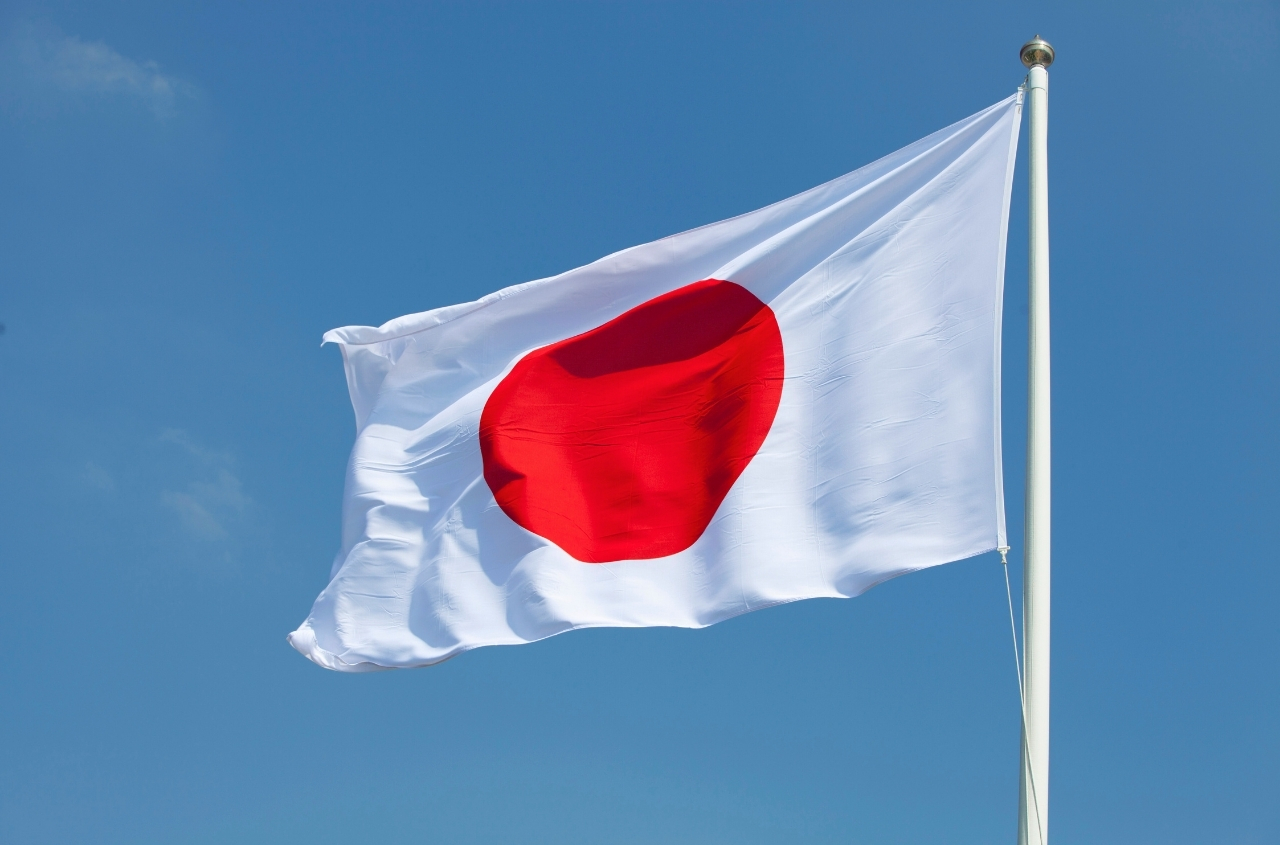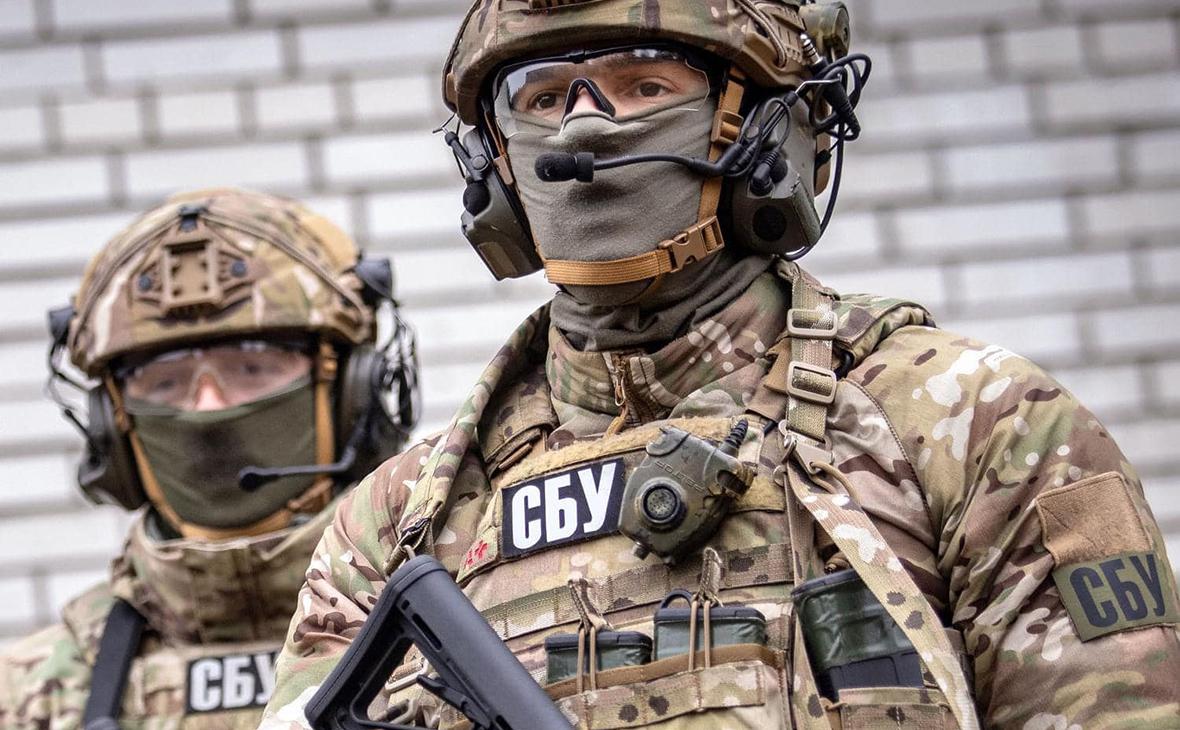Amazing information about the presence of the Japanese in Odessa and their contribution to the development of the economy, culture and charity has been preserved.
The archive of the Governor-General of Novorossiysk and Bessarabia contains texts of treatises on trade and friendship between the Russian Empire and Japan of 1855 and 1858, the Convention of April 9, 1868 on the revision and amendment of the Treaty of 1858.
In 1878, on the initiative of the Imperial Society Russian Merchant Shipping opened a joint-stock company "Voluntary Fleet" (Dobroflot). Its main task was to provide urgent and postal freight and passenger services between Odessa and the ports of the Eastern Ocean and in general to promote the development of domestic trade. The board of Dobroflot was located in St. Petersburg, one of the branches in Odessa.
May 8, 1879 opened the main eastern line Odessa - Vladivostok. The company carried out passenger and trade transportation through the ports of the Black, Mediterranean, Red, South China, East China Seas, and Indian Oceans. The Eastern line included Odessa, Constantinople, Port Said, Djibouti, Colombo, Singapore, Hong Kong, Shanghai, Nagasaki and Vladivostok. Thus, the permanent sea connection of Odessa with the Japanese port of Nagasaki was maintained from 1879.

Bringing great benefit to the government by maintaining the correct communication with the distant East, from which return flights were delivered to Russia a huge amount of tea, the Voluntary Fleet, as a non-profit institution, used all the benefits it received to buy new steamers, while keeping in mind their possible service as military cruisers. In case of war, the Dobroflot was, therefore, a real reserve, both transport ships and military cruisers.
In the first ten years of the Odessa-Vladivostok sea line, the Voluntary Fleet transported 3,323 families of immigrants (or 22,243 people), over 39 thousand passengers and military personnel, delivered 5 million 300 thousand poods of cargo for various purposes. The Voluntary Fleet in the Far East became the main maritime transport company providing internal and external trade relations of the region for many years. The Dobroflot steamships also played a significant role in the construction of the Ussuriysk railway in the 90s. XIX century, delivering building materials, rails, steam locomotives, the necessary equipment.

From 1883 to 1918, information about the Consulate General of Japan in Odessa was published in the "All Odessa" directories.
In the fund of the Office of the Mayor of Odessa, in cases of appointment of foreign consuls, there are many documents about his activities. Thus, in 1889, the former attorney of the Japanese Imperial Consulate in Odessa Siro Todo, by order of the Japanese Foreign Minister Viscount Aoki Shozo, sent Odessa Mayor Pavel Alexeevich Zelenoy 37 boxes of Japanese art and household items, which were previously presented at the exhibition at the consulate. The Minister of Agriculture and Trade of Japan expressed a desire to bring them as a gift so that some of these things were transferred to the city museum of fine arts, and the other - sold, and the proceeds used for charity. The mayor complied with the wishes of the Japanese minister. A commission consisting of art historian Professor Pavlovsky, artist Kiriyak Kostandi and the wife of sculptor Edwards analysed the objects and compiled a complete list.
The collection consisted of 373 items. Fine dishes, bronze, vases, boxes, furniture, carpets, draperies, screens, silks, embroidery, fans, lanterns, paintings, photographs and turtle items were selected for the museum. All this was estimated by the Japanese at 720 rubles, but the commission noted a much higher real value. According to the report of the curator of the city museum V.P. Kurovsky, they were placed in a special room and formed a new art department in the museum - the Japanese. There were things worth 600 rubles, which were listed for sale at auction or lottery. These were mainly household items: tea, rice, wrapping and printing paper, cosmetics, children's toys, lamps, burners, glass, paper, wicker baskets, trays, boxes, wall shelves, bamboo and more. With the money raised, the mayor Pavel Zelenoy proposed, and on December 20, 1899, the Duma passed a resolution to form an inviolable "Japanese Fund" in the bank. As a percentage of the capital, they planned to place one bed in the city almshouse with the name "Japanese".
For such a generous gift from the Government of Japan, a letter of thanks was sent from the Odessa City Council to the Ambassador Extraordinary and Plenipotentiary of the Imperial Japanese Mission in St. Petersburg, Count Hayashi Tadasu.

Interestingly, for some time the Japanese consul in Odessa was a hereditary honorary citizen Alexander Vasilyevich Rasheev, the son of a Greek woman and a famous Bulgarian educator, the founder of the school in Gabrovo Vasily Rasheev. In 1893, Rasheev lived in Odessa on the street. Nadezhdinskaya, 44, there was also an office of the consulate until 1899.
The Russo-Japanese War of 1904–1905 and Russia's military defeat clouded relations between the two countries for a long time.
Many Odessans were drafted into the active army, as evidenced by the documents of the Odessa military presence. During the war, students of Novorossiysk University, in particular the corporation "Unity and Power", "Dawn" organised actions in support of the Russian army - collected and sent money to Mukden, gave concerts for the wounded, met sailors from the cruisers "Varyag" and "Korean" sank.
The 47-year-old lieutenant general, division commander Roman Isidorovich Kondratenko, who died in Japan, was called the hero and soul of Port Arthur's defense. The Kondratenko family came from the Ukrainian Cossacks from Katerynoslav, who received nobility. Roman received a varied education: he graduated from the military gymnasium in Polotsk (1874), Mykolayiv Engineering School (1877), the Academy of Engineering (1882) and the General Staff Academy (1886). He commanded a company in Bobruisk, and then a rifle regiment in the town of Suwalki. In 1903, General Kondratenko was appointed commander of the 7th East Siberian Brigade, which was expanded to a division and sent to Port Arthur.

With the beginning of the Russo-Japanese War, the general was able to create a powerful fortification complex in Port Arthur almost from scratch. His garrison repulsed four general attacks by the Japanese army in five months. Under Kondratenko's leadership, new types of weapons were developed and used: hand grenades, mortars, new types of anti-personnel mines and electrified barriers. General Roman Isidorovich Kondratenko was killed on December 15, 1904 during the shelling of Fort â„– 2 by Japanese heavy artillery. Without a talented general, his garrison did not last half a month. Port Arthur was surrendered to the Japanese on January 2, 1905.

The events of the Russo-Japanese War were reflected in the history of Odessa toponymy. On September 19, 1905, the Odessa City Duma, at the suggestion of the mayor P.A. Kryzhanovsky, unanimously decided to perpetuate the memory of the hero of Port Arthur, Lieutenant General RI Kondratenko, to name him Police Street and Police Square. It was on that street that the body of the deceased was carried from the steamer and the port of Odessa to the railway station, from where the train sent him on his last trip to St. Petersburg for burial in the Alexander Nevsky Lavra. The name of the street existed until Soviet times, when on April 30, 1920 it was renamed by the Bolsheviks in honor of the famous figure of German and European left social democracy, the Marxist Rosa Luxemburg. Since August 10, 1995 and till now the street bears the name of the writer and poet Ivan Bunin.

Kondratenko Square also received new names under Soviet rule: Rosa Luxemburg (1920) and Vera Kholodnaya (1924, 1996). Kondratenko was not forgotten in Port Arthur, now the city of Dalian in the People's Republic of China, where a memorial has been erected at the site of his death.

In the postwar period, information about the Japanese in Odessa can be found in the archival documents of the Odessa mayor and police chief. In 1906, the Deputy Director of the Ministry of Internal Affairs of Russia informed the mayor of Odessa that Kametaro Iijima, the former secretary of the Japanese mission in Rome, had been appointed Japanese consul in Odessa. This was evidenced by the decree of Emperor Nicholas II of the Government Senate of June 23, 1906, to the mayor of Odessa on the recognition of Mr. Iijima as Japanese consul in Odessa on the basis of a report of the Minister of Foreign Affairs of April 28, which was heard in the Senate. The decree was published in the "News of the Odessa city administration".
Immediately after taking office, Mr. Kametaro Iijima asked the mayor to appoint an audience with another Japanese citizen, Lt. Col. Ishizaki (Isizaki). According to the consul, Mr. Ishizaki was sent to Russia by the Japanese government to study the Russian language. In St. Petersburg, the lieutenant colonel met with the Minister of War and Chief of the General Staff of Russia through a Japanese military attaché. Taking advantage of friendly relations with Iijima, Ishizaka decided to settle in Odessa. Arrived in the city in late June 1906 and expressed a desire to pay a visit to the mayor. He left Odessa on February 23, 1907. As for Kametaro Ijima, he stayed in Odessa for eight months.
One of the topical problems for Japan at the end of the XIX and early XX centuries was the absence of a sufficient number of qualified diplomats and consuls, so their activity was often accompanied by the transfer to new places of service. In the summer of 1906, K. Iijima informed the local administration about returning to Japan on vacation, but the official did not return to Odessa, having received a new appointment.
Naohiko Fukuda, a translator, continued his duties, and from April 2, 1907, he was vice-consul of the Japanese consulate in Odessa.

That same month, Major General Grigoriev, the mayor, was approached by the intelligence department of the quartermaster general of the Odessa Military District. Major General Kalinin said that, according to intelligence, the Japanese consulate in Odessa was actively engaged in espionage and there was an urgent need to establish secret police surveillance and surveillance of the security gendarmerie for them and for all Japanese in Odessa. Yes, Neohiko Fukuda actually turned out to be a lieutenant colonel in the General Staff of Japan. There was also information about the possible arrival here of another Japanese, Saishi Nakashima. Soon, Odessa received information from the Russian Consul General in Bombay (India) about the request of the Japanese consul there to obtain a passport for travel to Russia Abdul Hamid Saishi Nakashima. He was a "natural Japanese man who converted to Islam and his name was Abdul Hamid at a cathedral mosque in Bombay," and intended to make a pilgrimage to Mecca while traveling through Russia, Turkey and Turkish Arabia.
In 1907, the Odessa police chief informed the mayor that Major of the Japanese Service Takelo Takunoutsi and Fokawa Shinjiro, who called himself a student at St. Petersburg University, had arrived in Odessa from Batumi on February 18 and that they were under secret police surveillance. Data were also collected on the Japanese consulate in Odessa, which was located in Vorontsovsky Lane 4. Apart from Naohiko Fukuda, his secretary Seino Sasaki lived there permanently, as well as two servants: Mykhailo Tsybulko, a citizen of Odessa, and Aleksandra Ignatushina, a citizen of Kharkov. The head of the security department, Ratsyshevsky, said that the vice-consul was constantly visited by 7-8 Japanese people, "a person who looked like a Tatar, and several Jews."

Vice-Consul Fukuda often visited the photographic workshop of the Greek Antonopulo on Deribasovskaya Street, the tailor Popyk in the house â„– 6 on Police Street, the jeweler Gavsevich and Barzhansky's shop. He often used dashing carts, which he "took on the go." Ratsyshevsky noted that the Japanese behaved extremely cautiously and secretively, and, in his opinion, this showed the ability of the Japanese to spy and conceal their activities.
In 1908, six Japanese visited Odessa. On June 22, Major of the Japanese Service Yasutaro Takayanagi arrived here. On September 6, Tadeshi Tanino, Sanro Mizyukami, Sagataro Kaku and Ishizaburo Kabayashi arrived. They stayed at a Londonskaya Hotel, visited their consulate and departed to Constantinople.
On November 22, police supervised Hagino Suekichi, a 48-year-old colonel of the Japanese service and a military agent of the St. Petersburg Japanese embassy who arrived in Odessa from Ungheni. Two days later he went to St. Petersburg with luggage in 5 seats. In March 1909, Suekichi was in Odessa for the second time. At the same time, the intelligence department informed the mayor that on March 20 the visit of the Japanese Prince Kan'in Kotohito to Odessa, who will arrive from Ungheni and intends to get acquainted with historical monuments and visit the healing estuaries, is expected.
The travelling Japanese Crown Prince Kan'in Kotohito planned to visit Kiev and then Poltava. Yesterday the prince changed his route and from the Ungheni station left for Odessa, from where Sevastopol will go by sea.
Kyiv newspaper, 18 March 1909
Documents of the Soviet period reproduce the complex relations between Japan and the USSR in the pre-war period of 1918-1941, the dramatic events of World War II in 1939-1945, as well as interesting facts of economic and cultural ties in the postwar period between Odessa and Japanese cities. in particular, ports. Such evidence is in the archives of the Odessa Regional Executive Committee, the Black Sea Shipping Company, the International Sailors' Club and others.





















